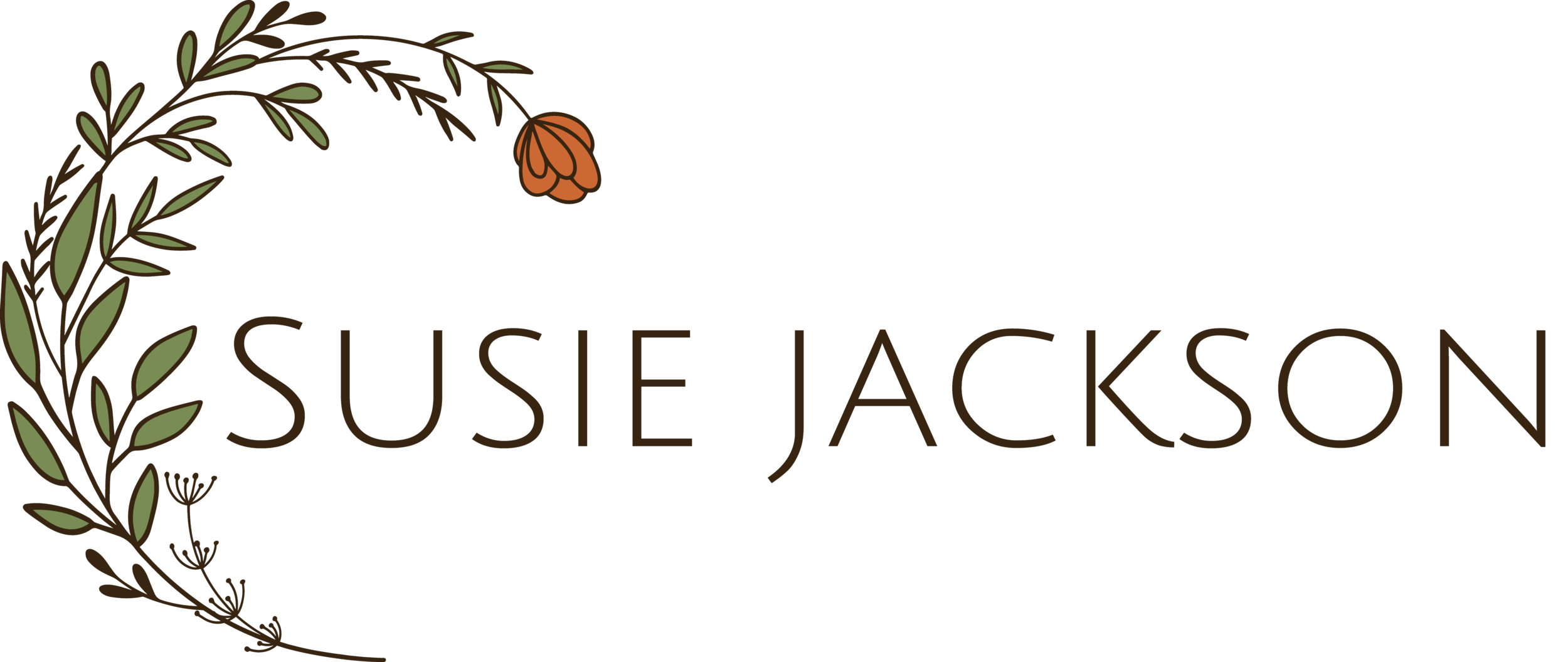Pricing Advice – How to Say No to a Client Asking for a Discount
As freelancers and small business owners, I think we all know that moment when a highly anticipated email drops into your inbox in response to a quote. Torn between clicking on it too eagerly and not letting it distract you from what you’re working on, you open it to find the words you’d been dreading: your quote is too high... Could the client please pay less?
So many of us find it hard to know how to answer this question. Should you agree to the customer’s request and give them a discount? Or might this make you look unprofessional and as though you’d just picked your prices out of thin air? You don’t want to devalue your work. But what if you really want the job?
It’s completely normal to find yourself spiralling in these situations. Standing firm on your prices can be one of the most difficult things you're faced with as a freelancer, particularly if you identify as a people pleaser.
In my experience, I’ve found that many freelancers and small business owners are highly empathetic. You might even find yourself feeling sorry for the client and wanting to help them. But in these circumstances, it’s important to remember that you’re not a charity. You are running a business, and you’ve arrived at your prices for a reason.
To empower you when you next find yourself in a similar situation, I’ve written this blog post to help you stand firm on your quoted prices in a way that might still give you the opportunity to work with the client.
How to say no to clients
When it comes to standing firm on my prices, the key for me is being very clear on what my minimum rate is. Thanks to the method I teach in Charge with Confidence, I know exactly how much I need to earn from any given project in order for it to be worth my while.
This helps me stand my ground during the quoting process because I know that if I don’t earn this amount, I’d be better off looking for other projects that can pay me more. My minimum rate covers my expenses and allows me to earn a decent living, so if I accept work below this rate, I know I’m either not going to be able to pay for everything I need in my business and personally, or I’ll have to work longer hours to make up the difference. This is all the encouragement I need to stick to my original price!
How to say no to a customer in a way that might still allow you to work with them
That said, there is a way to stand firm on your quoted prices while still offering the customer the opportunity to work with you.
If the client does try to negotiate and you’d like to work with them, my biggest tip would be not to give a discount without requiring something from the client in return. A negotiation is a compromise where one side gives something up in exchange for the other side giving something else up. If you lower your price without requiring the client to reduce their expectations in line with that, you're essentially devaluing your service.
Rather than just agreeing to a discount, think about what would make the project more enjoyable or less time consuming for you, and then ask the client for a concession along those lines in exchange for lowering the price.
This could involve asking for a longer deadline, so you can fit the project in around other work, or offering fewer rounds of edits. If the format of a file you’ve been sent to work on is fiddly, you could ask to deliver your work in a plain text format instead. Or how about reducing the scope of the project, perhaps by cutting some parts of the job that don’t feel necessary?
If you’d like more ideas, I discuss these options in greater depth in my blog post on negotiating with clients. Whatever is relevant to your line of work and makes the job quicker or easier for you could be a great alternative for your client.
The quoting process
In fact, by taking into account these alternative options right from the beginning, you can often avoid the dreaded email asking for a discount altogether.
I often actually present two price options when quoting: one full price that reflects what I would charge to deliver the job exactly in line with what the client is asking for, and a lower price that requires some kind of concession from the client in return.
More often than not, the client won’t even realise that things such as quick turnarounds or awkward formatting can make a big difference to the price they’re being asked to pay. So if it is something they’re able to compromise on, they’ll be happy to receive a ‘discount’ in the process.
Either way, by offering the client a second, cheaper option, you’re showing them right from the start that there may be a way of working with you that fits with their budget. However, at the same time, you’re also showing them that you won't be giving anything away for free.
Giving the client alternative options and a lower price in exchange for a concession on their part is a great way of saying no to a client who is asking for a discount without feeling guilty. You’re showing the customer that you are willing to compromise on price if they’re willing to compromise on something too. If the client refuses your proposal, that’s their decision. You can walk away safe in the knowledge that you tried to find a solution and were as fair as you could be during the negotiation phase.
I really hope these tips have given you some ideas that will help you stand firm on your quoted prices the next time a client asks you for a discount. Remember that you can be flexible without having to devalue your services. You’re the one who gets to make the decisions for your business (not your clients!), and this includes your prices.
If you don’t yet have a clear idea of your minimum rate and you think having one might help you stand your ground in the future, I can help you identify the unique figure you shouldn’t go below through my Charge with Confidence programme. I’m currently offering it on a 1:1 basis, which allows me to tailor my guidance to your individual circumstances. Just click on the link below if you’d like to find out more!
Hi, I’m Susie
I mentor freelancers on pricing and business finances so you can earn a decent living doing what you love.
I’m a translator, editor, chocoholic, crochet addict, animal lover, and budding gardener (get it?) who loves empowering others to achieve their goals.













